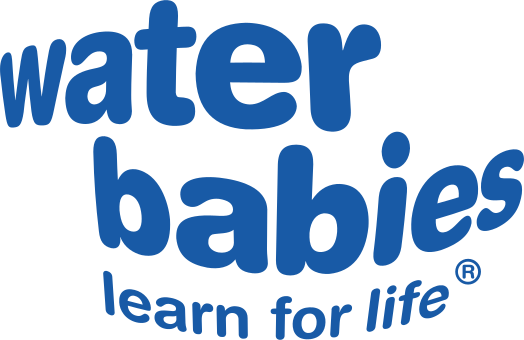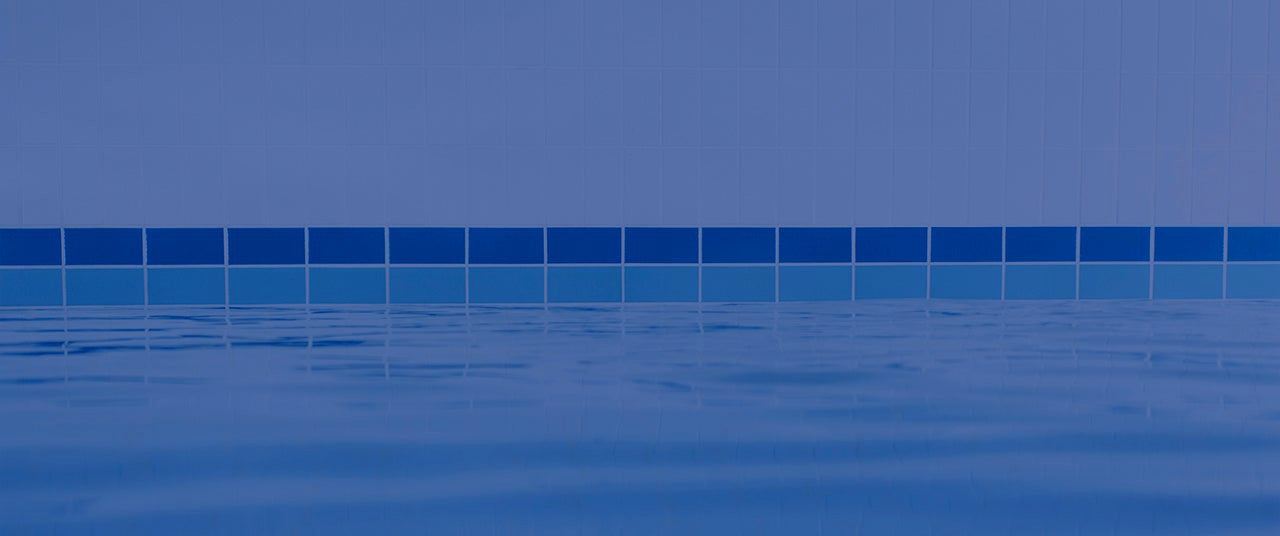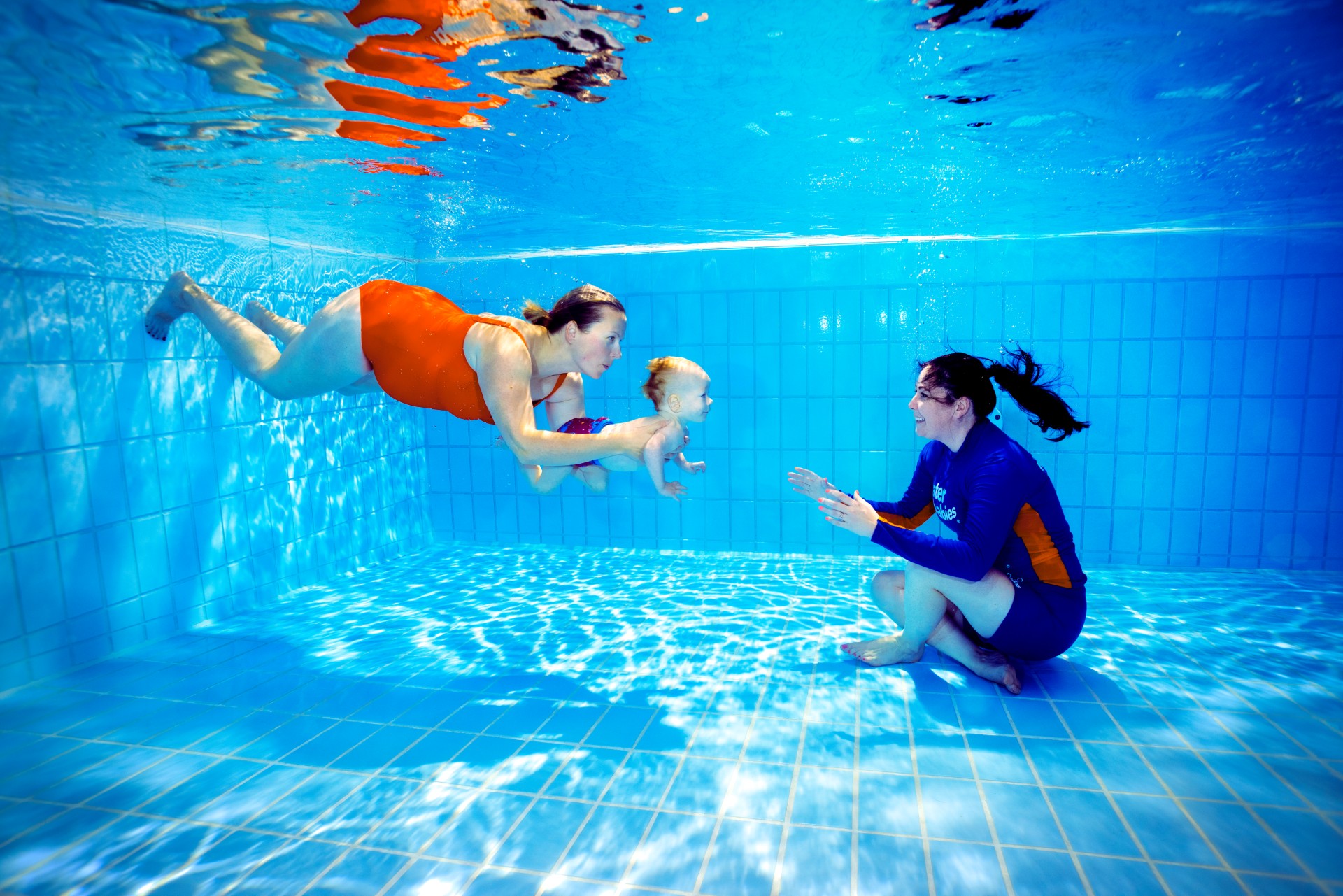The growing awareness about environmental damage caused by single-use nappies is translating into a gradual shift towards more sustainable options, including reusable nappies with improved attributes. As published in a report by the agency Transparency Market Research, the COVID-19 crisis, which altered many consumer behaviours, also played a role in this gradual shift, and lockdown measures compelled many families to switch from disposable to reusable nappies.
Unlike their single-use counterparts, reusable nappies are designed to be washed and reused multiple times, offering a more sustainable option for families and caregivers. That’s why reusable nappies have emerged as a popular and environmentally friendly alternative to disposable ones, now offered in a wider variety of styles.
Square terry nappies which require folding and pinning are no longer the only alternative to disposable nappies. As the demand for reusable nappies grows, so does the number of options available, allowing carers to find the most suitable nappies for their baby, lifestyle, and budget. This new breed of reusable nappies is less prone to leaks, and significant efforts have been invested in creating washable nappies to ensure they’re simple and user-friendly, offering a wide selection to choose from. Some are crafted from organic or unbleached fibres, while others feature vibrant colours or stylish prints.
Nowadays, materials for reusable nappies can be sourced from renewable resources like cotton, bamboo, or hemp fibres, alone or combined with other fabrics and materials derived from natural or synthetic fibres like polyamide and polyester microfibers as absorbent materials. A polyester net laminated with polyurethane (PUL) is also employed as a cover material to provide permeability and quick drying characteristics.
The production process for cotton-based materials is known to be lengthy and rigorous, plus cotton cultivation can causes soil degradation and erosion, as well as loss of forest area and other habitats. Which is why bamboo has emerged as a popular material for reusable nappies. Bamboo fibres offer satisfactory absorbency performance and are derived from a rapidly renewable plant source, as explained in ‘End-of-life management of single-use baby nappies: Analysis of technical, health and environment aspects’.
No matter which style or brand you choose, one thing remains true: reusable nappies offer a multitude of benefits for our planet, our families, and our precious little ones. From reducing waste and conserving resources to providing comfort and promoting healthier skin, the advantages are truly endless. Keep reading to explore the myriad ways in which reusable nappies contribute to a brighter, more sustainable future for all. So, let’s dive in and discover how these eco-friendly alternatives are making a world of difference, one nappy change at a time.
The Eco-Economics of Nappy Choices: Transitioning Towards Reusable Nappies
Transitioning from disposables to reusables can significantly diminish household waste for families. According to WRAP, it’s estimated by opting for reusable nappies, the average household waste generated by families with babies can be cut in half, averting an average of 750kg of waste per household per year. This reduction in waste not only benefits the environment, but also translates into cost savings for families and local authorities.
While they have a higher initial cost and require laundering, reusable nappies can save families approximately £200 to £500 over 2.5 years for their first child, and even more if reused for multiple children. According to WEN’s calculations, the total cost of using real nappies for a baby’s nappy-wearing period costs around £350. In the case of reusable nappies, only about 20 to 30 units per baby are required, and can be reused for any future siblings, and for children from different households if properly looked after, then donated or resold. Whereas throughout their nappy-wearing journey, a baby typically goes through approximately 5,000 disposable nappies, with costs totalling over £900 for a two-and-a-half-year period, based on six changes per day at 16.9p per nappy.
Even factoring in the cost of washing them at home, reusable nappies can be a much more economical option compared to purchasing disposable nappies. Plus, according to the Women’s Environmental Network (WEN), by utilizing 24 reusable nappies and washing them in an energy-efficient machine at 60°C, parents can reduce global warming emissions by a notable 24%. For those considering commercial nappy laundering services, costs range from £6 to £11.50 per week, making it a financially comparable option to disposable nappies, but with significant benefits in terms of waste reduction.
Washing full loads, choosing water- and energy-efficient washing machines, using more sustainable soaps, washing below 60°C, line-drying nappies and reusing nappies as many times as possible, consumers can further reduce the impacts of reusable nappies if we are laundering them at home. But as per the recommendations from the UNEP’s report, centralized nappy laundering services are even more sustainable than at-home laundering, while appealing to new customers who may find it challenging to dedicate time to washing and drying multiple nappies every day.
Aside from the environmental and economic advantages, reusable nappies, particularly the organic varieties free from pesticides and synthetic chemicals, are gentler on a baby’s delicate skin than the super absorbent chemicals, paper pulp, and plastics used in single-use nappies. They include healthier benefits compared to conventional nappies, which are now endorsed by various medical authorities as ideal for people with skin conditions such as eczema.
Tackling Nappy Waste: The Road Ahead
As mentioned earlier, there’s not a single solution which will magically resolve the nappy waste problem, and even if there was, it would not depend exclusively on our behaviour as consumers. A focus on eco-design and circular business models are also essential, creating products, services and processes with environmental considerations in mind, promoting material efficiency, the use of recycled and renewable materials, optimal distribution and usage, and improved recyclability. And all these approaches must be complemented by traditional end-of-life strategies, tailored to manage nappy waste. While conventional methods like incineration and landfilling are still prevalent in many countries, they fall short in terms of sustainability.
Landfilling, for instance, leads to prolonged waste decomposition, which requires ongoing monitoring. Design strategies cannot be evaluated in isolation from available waste management practices in a given area, as their presence or absence can significantly influence the environmental performance of a particular design. For instance, the benefits of using biodegradable materials are negated if the product ends up in a landfill or incinerator. Investing in innovative green technologies is essential to mitigate the environmental and health impacts of nappy waste.
This doesn’t mean there’s nothing we could do in the meantime: both, corporations and end consumers, have a role to play in the here and now. On one hand, manufacturers and organizations overseeing waste management at the end of the product’s life cycle need to try and adopt more eco-friendly technical solutions; on the other, if more and more families and caregivers are aware of the different options and their impacts, we can all make more informed and eco-conscious choices, taking into consideration the needs of families and caregivers, including economic, health and environmental factors.
User behaviour can have a significant impact. That’s why we feel there’s a need to provide updated information on nappy options covering crucial aspects. This includes the type and composition including guidelines for optimal nappy use and best practices for handling, disposal, and recycling of used nappies, when possible, both disposable and reusable, to mitigate their environmental impact. Currently, approximately 95% of families in Europe opt for disposable nappies for their children. But here’s the thing: understanding the ins and outs of nappy choices isn’t always straightforward. Many of us rely on outdated advice or gut instincts when it comes to nappy hygiene, which might not align with the latest scientific knowledge.
That’s where this campaign comes in. We’re aiming to provide accurate and up-to-date information on nappy options. Because when it comes to our babies and our planet, every little choice counts.


